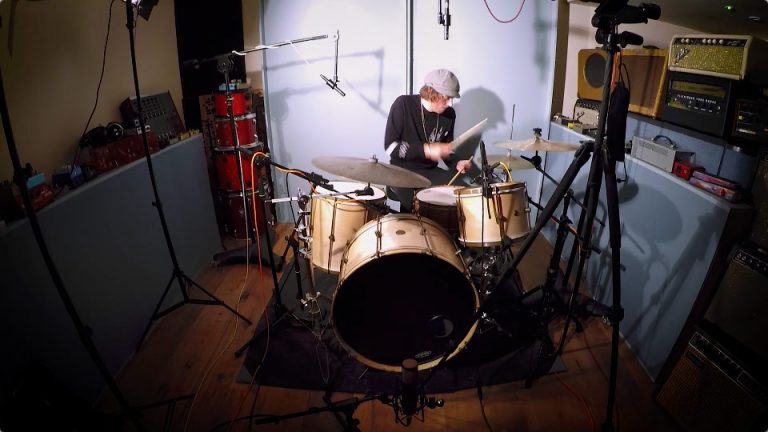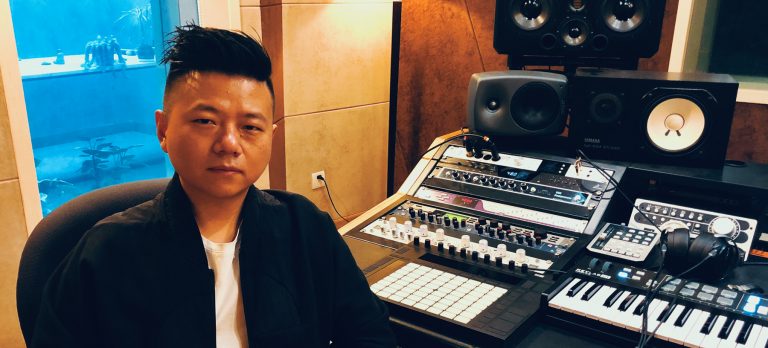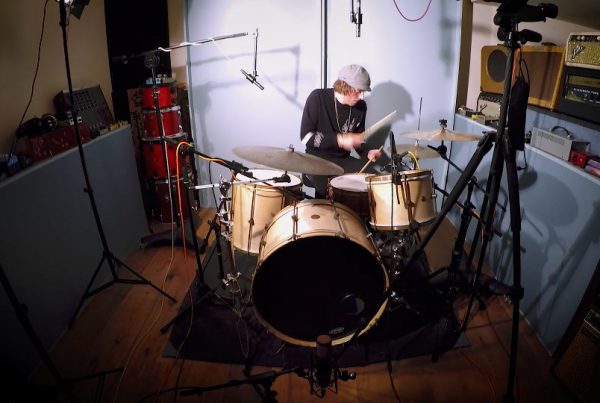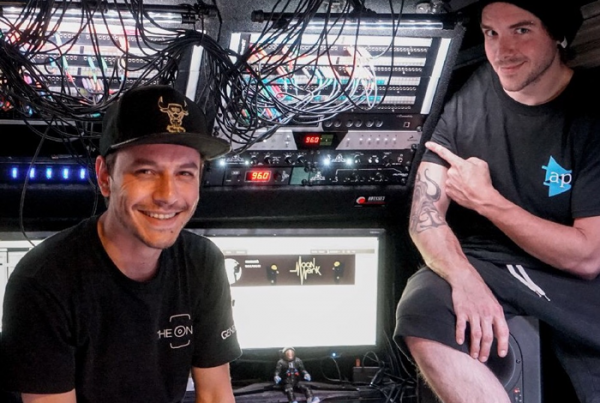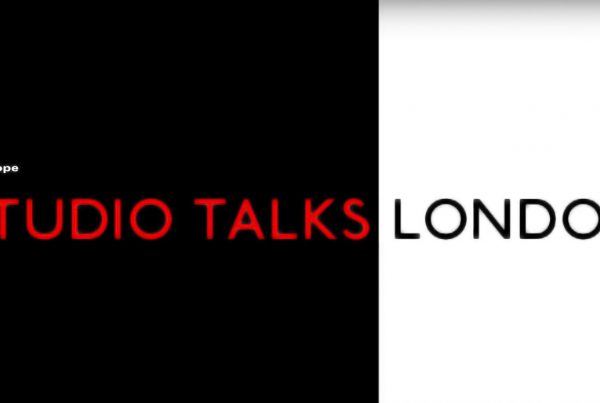Orion32 Serves as Kid’s ‘Digital Hub,’ Providing Unmatched Flexibility and Audio Quality in Routing Hardware and Software Virtual Instruments
Anaheim, CA, January 23, 2014– Antelope Audio [Booth 7118 – Arena] counts international DJ/producer phenomenon Dusty Kid (a/k/a Paolo Alberto Lodde) among its fans. A dedicated electronic music artist since age 12, Dusty Kid is very much in demand among the international DJ circuit, having toured relentlessly for the last seven years. In the studio, the Orion32 has helped Dusty Kid realize his dream of realizing the ultimate ‘modular studio,’ enabling him to seamlessly connect the hardware and software devices he needs for unmatched flexibility and audio quality. We spoke to Dusty, who was born to make music [indeed, he claims his first word was ‘vinyl’] just before the 2014 NAMM Show to find out how the Orion32 fits into his music creation scheme.
How is being a DJ now different from being one say, ten years ago?
Well, I am not a DJ even though what I do in clubs reflects more or less what a DJ does. But I can tell you that ten years ago being a good DJ was certainly about playing vinyl, having good technique and traveling just about anywhere to get the chance to buy records other people were not able to find. Today, it is quite different as most people use computers to match tempos of digital files and basically anyone can find just about any music on the Internet!
Tell us about where the Orion32 fits into your studio
I use a Mac Pro running Ableton Live. I also use a UAD card with all the available plugins. The rest of my set up is basically hardware. All my synthesizers, vintage mixers, reel-to-reel machines and effect boxes are all connected to the Orion32 so I use it like a sort of ‘digital patch bay.’ Using it this way, I can plug anything to anything with a simple click. So the Orion32 has enabled me to create this big modular set up — this makes everything very interesting, fun and also more experimental. The best thing is that using both Ableton Live and Orion32, I can instantly create very complex chains of machines!
What was your initial draw to the Orion32?
I wanted to see if everything I read about the Orion32 was true, which described a beautifully designed and simple to use interface with multiple I/Os based on USB technology — all in a single rack space and for under $3,000. It was almost too good to be true. My fear was that such a product would be unstable and have poor drivers, but when I got the chance to try it I was pleasantly surprised.
What was your experience with other interfaces before finding Antelope?
I used a big name competitor for three years or so, and I had so many troubles. Besides the limited number of I/O that never seemed to be enough, I found that I had to adapt my work- flow with a patch bay. Also the drivers in my last unit were incredibly unstable and I experienced problems with sync, latency and even worse, clicks and pops during recordings. The Orion32 solved all these problems while giving me the opportunity to work 100% inside Ableton Live without having to disconnect or repatch cables. Since using the Orion32, I have never experienced problems with drivers and the clocking has been perfect. Since my studio contains so much hardware and digital devices, keeping the clocking perfectly aligned can be problematic.
What do you appreciate most about the Orion32?
Well, with 32 ins and 32 outs, the Orion really does everything for you if you don’t need to mix out of the box — and its price / performance ratio is just ridiculous. I have been using the Orion32 for several months now and everything is working flawlessly. Currently, I only use the Orion32 in the studio, but now I am thinking about how useful it could be in a live performance environment if I decide to include external synths and effects. It would be very easy to set up since I would not require a large mixing console to get all the hardware properly connected.



